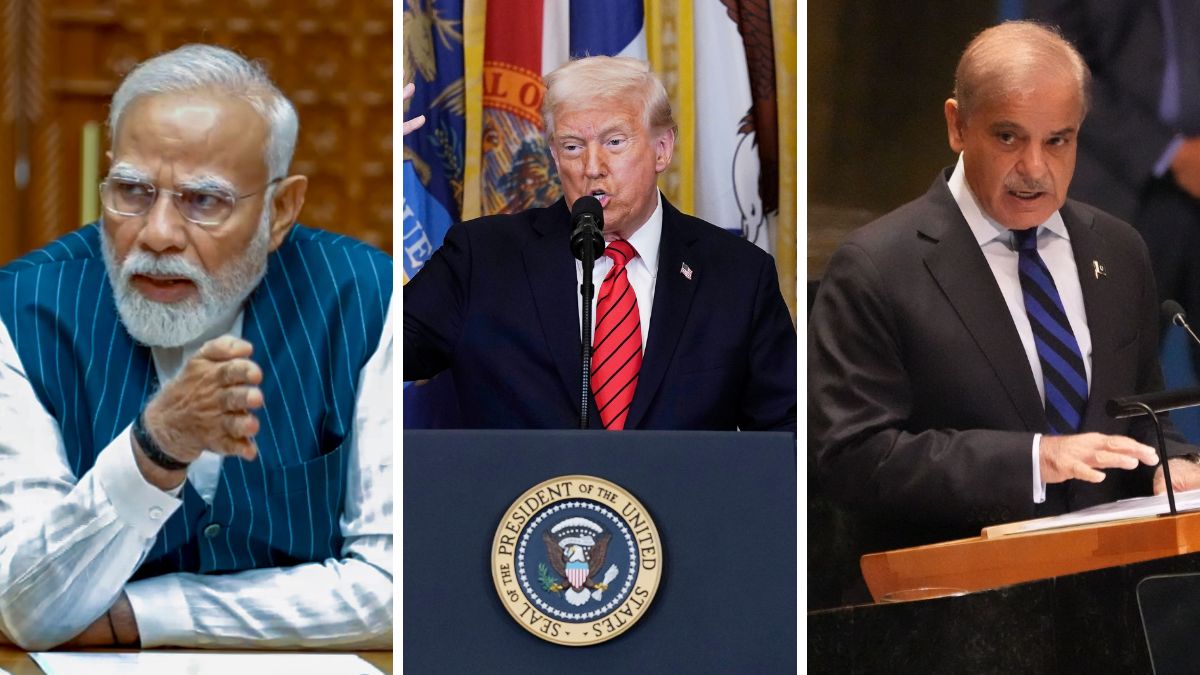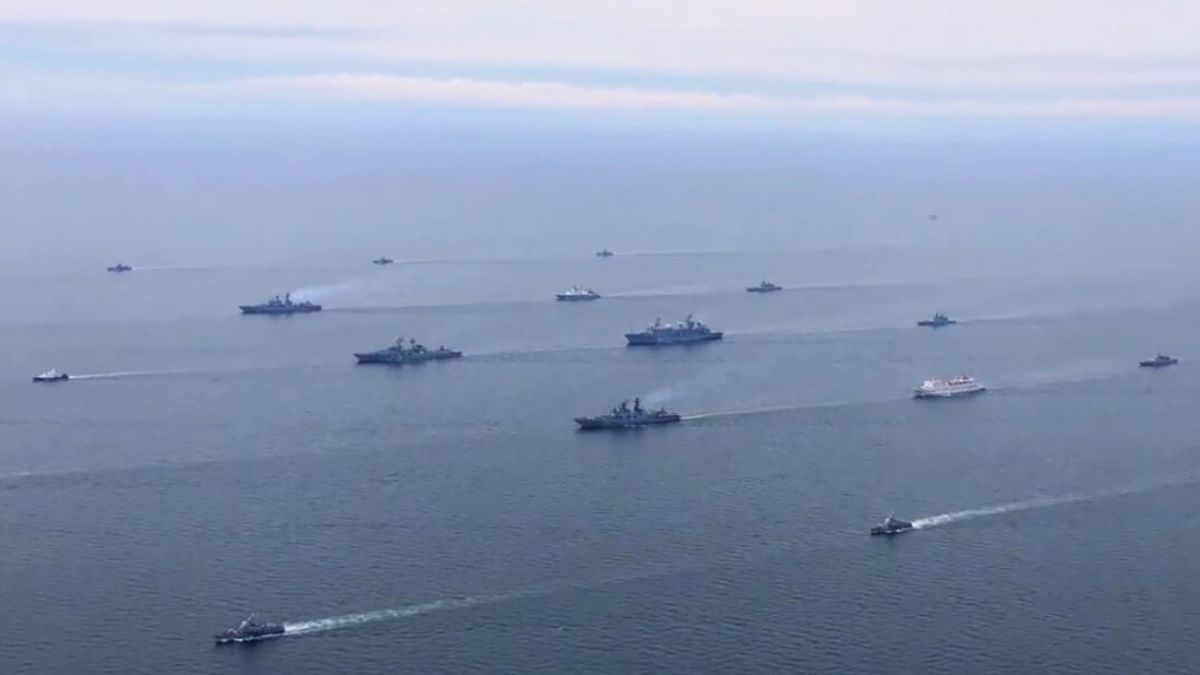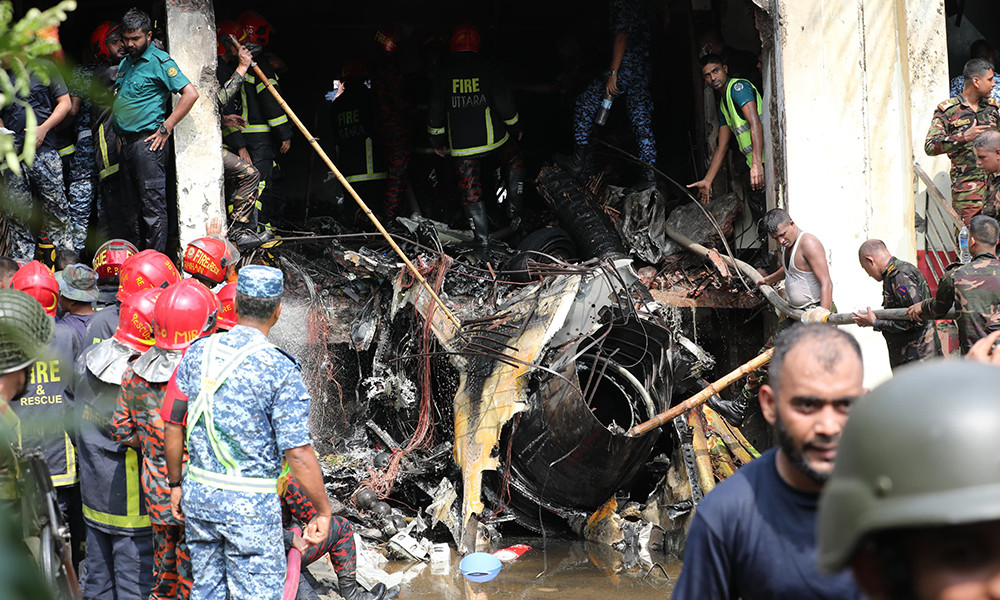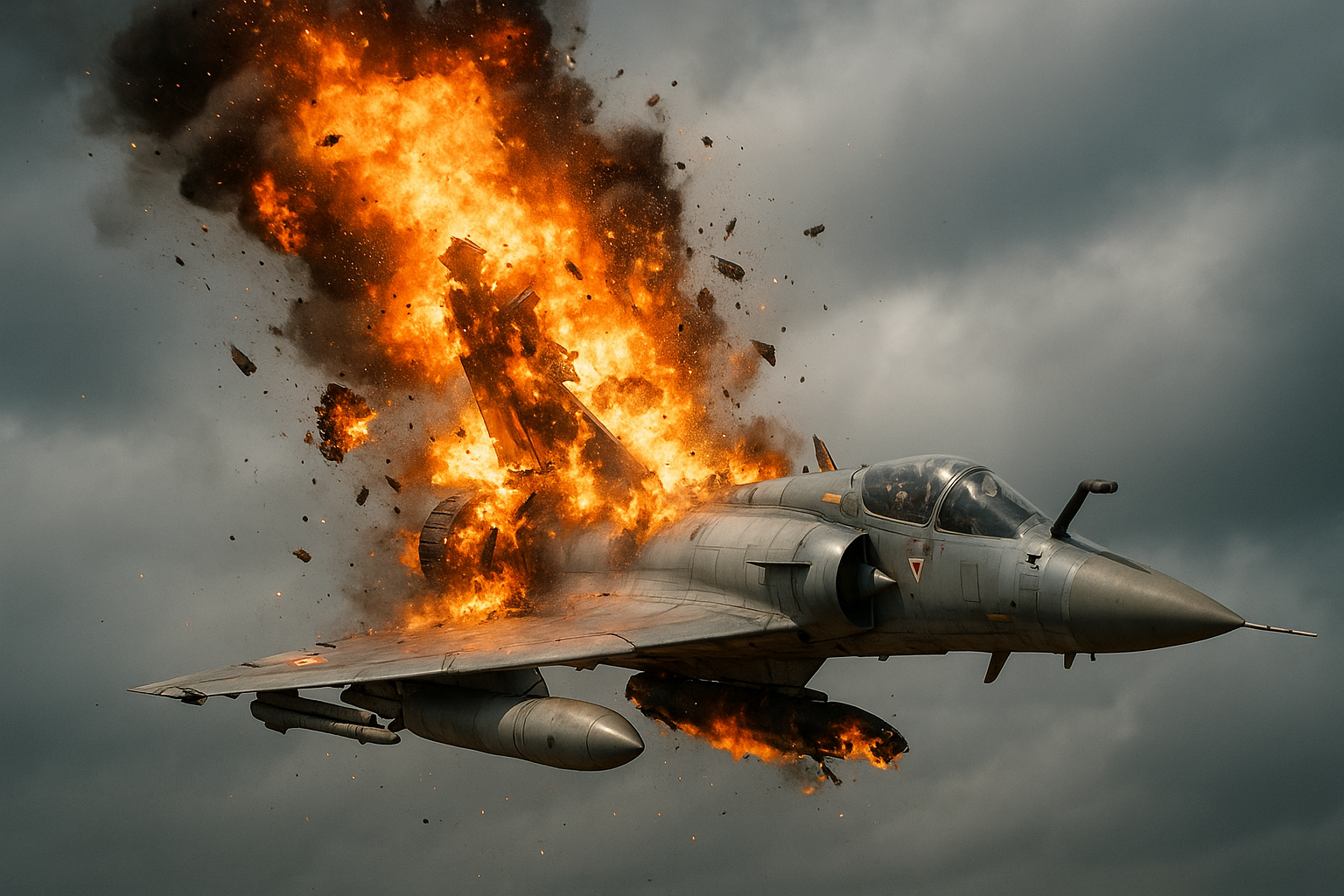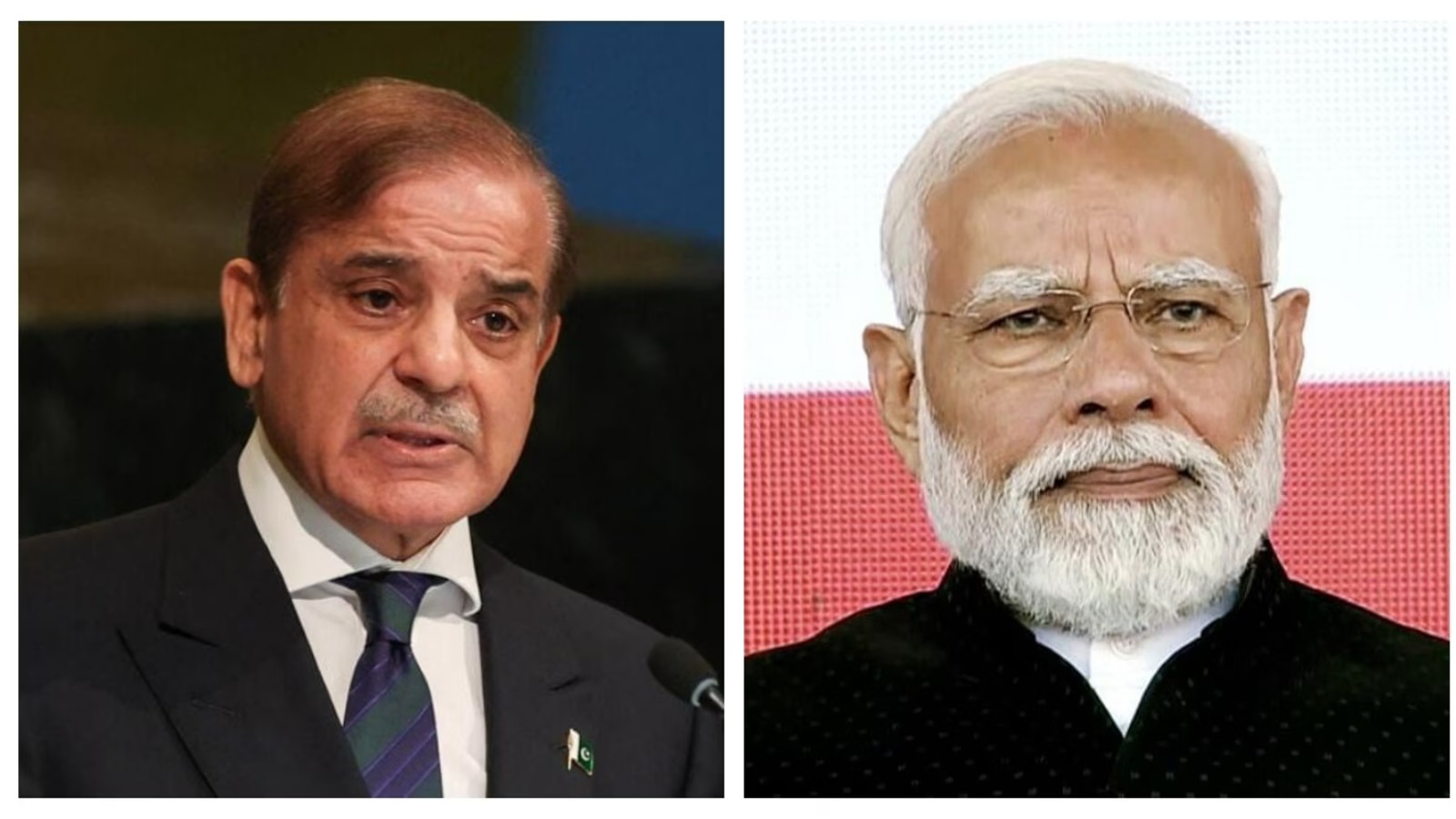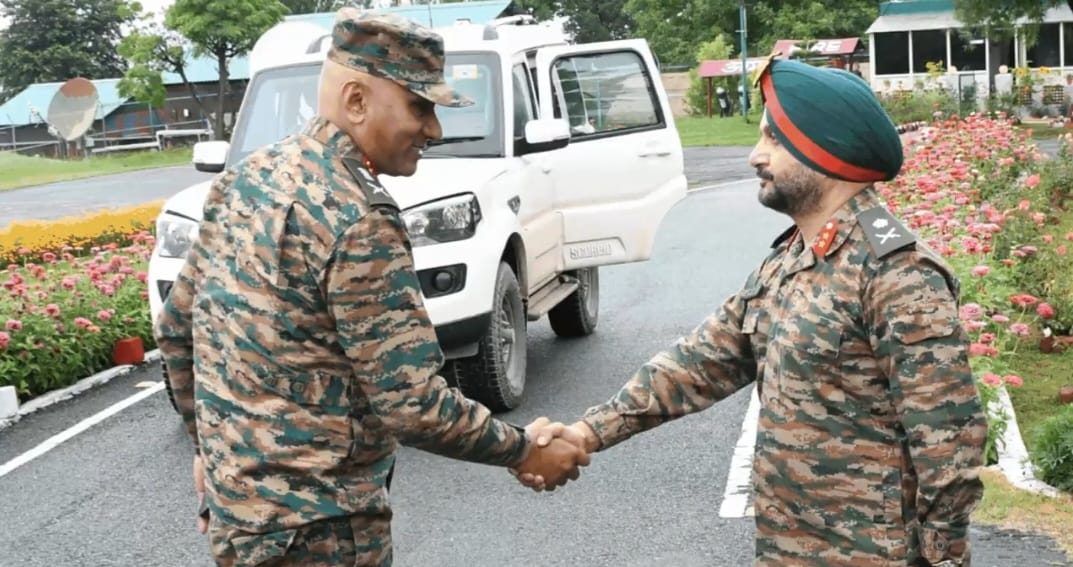Trump Claims He Stopped Indo-Pak War from Turning Nuclear
In a bold claim made during a reception at the White House, former U.S. President Donald Trump asserted that his…
Russia Launches Massive Naval Drills Across Pacific, Arctic, Baltic, and Caspian Seas
Russia on Wednesday launched one of its largest multi-theatre naval exercises, involving more than 150 vessels, 120 aircraft, and 15,000…
Bangladesh Air Force Jet Crashes Into Dhaka School, Killing 27 and Injuring Over 160
At least 27 people were killed and over 160 injured after a Bangladesh Air Force F-7 BGI training aircraft crashed…
Ukraine Loses First French Mirage-2000 Fighter Jet After Losing Four F-16s
Ukraine has suffered the loss of its first French-supplied Mirage 2000 fighter jet during a flight mission on Tuesday evening,…
At UN, Pakistan Raises Kashmir and Indus Waters Treaty; India Set to Respond
Pakistan once again raised the Kashmir issue and the Indus Waters Treaty dispute with India during a high-level open debate…
Lt Gen Pratik Sharma Reviews Security Measures and Counter-Terrorism Efforts in Jammu’s Sensitive Belt
In a high-level security review, Lieutenant General Pratik Sharma, General Officer Commanding-in-Chief of the Northern Command, assessed the prevailing situation…

